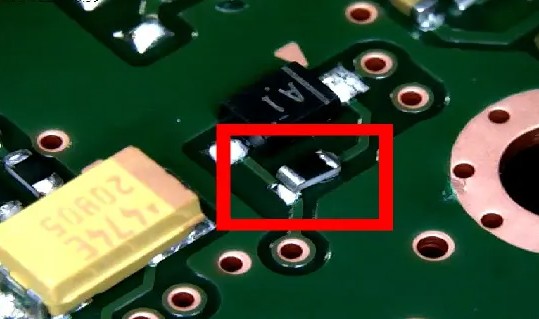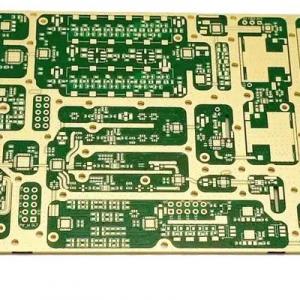The reasons for component false soldering
The reasons for component false soldering

1. Insufficient soldering temperature: The soldering iron temperature is too low or the soldering time is too short, resulting in that the solder fails to fully melt and wet the welded parts.
2. The soldering surface is not clean: There are oxides, oil stains and other impurities on the surface of the welded parts, affecting the combination of solder and the welded parts.
3. Poor solder quality: Such as solder with too high melting point and poor fluidity, which is not easy to form good solder joints.
4. The soldering iron tip is oxidized: The soldering iron tip is not clean or oxidized, affecting heat transfer and soldering effect.
5. Improper treatment of the component pins: Pin oxidation, poor coating, etc., resulting in loose soldering.
6. Improper soldering operation: Such as inappropriate contact angle between the soldering iron and the welded parts, too fast or too slow moving speed.
7. Improper use of flux: Too little dosage or poor quality, which cannot effectively remove oxides and promote soldering.
8. Poor solderability of the circuit board or components: There are problems with the material or surface treatment itself.





